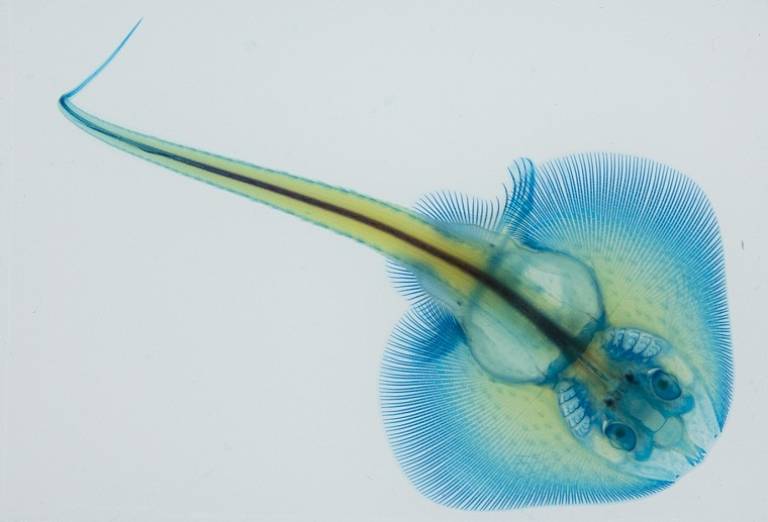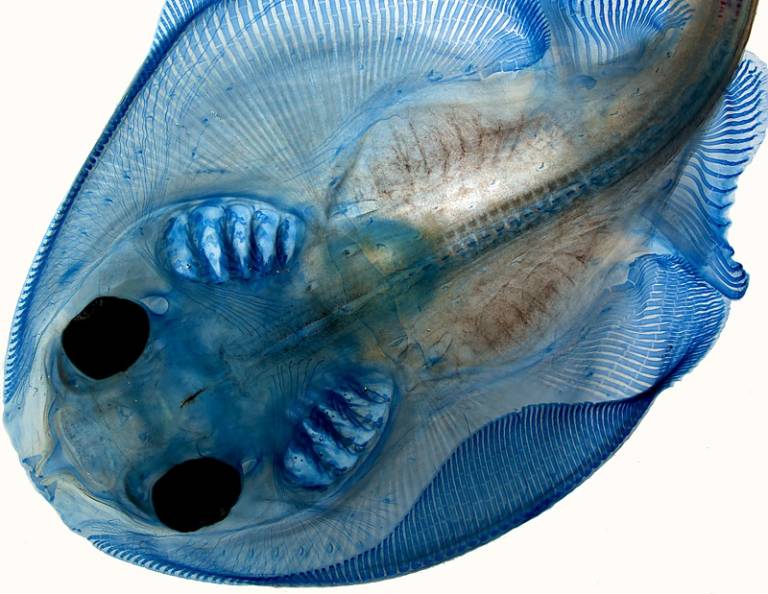New study reveals how skate got its wings
28 April 2023
Skates are a type of cartilaginous fish that possess enlarged wing-like pectoral fins, which allow them to thrive in benthic environments. However, the molecular basis of this unique feature remains unclear.

To address this gap in knowledge, a team of investigators developed the little skate (Leucoraja Erinacea) as a genomically enabled model and analyzed its high-quality chromosome-scale genome sequence. The results demonstrate that this skate genome retains many ancestral jawed vertebrate features and numerous ancient microchromosomes.
By integrating genomic and regulatory datasets related to developing fins, they identified skate-specific genomic rearrangements that alter the three-dimensional regulatory landscape of genes involved in the planar cell polarity pathway. Inhibiting planar cell polarity signalling resulted in a reduction in anterior fin size, indicating that this pathway is a significant contributor to batoid fin morphology.

The researchers also identified a fin-specific enhancer that interacts with several hoxa genes, consistent with the redeployment of hox gene expression in anterior pectoral fins. In addition, the team confirmed the enhancer's potential to activate transcription in the anterior fin using zebrafish reporter assays.
These findings highlight the importance of genome reorganization and regulatory variation in the evolution of phenotypes and offer insight into the molecular basis of this enigmatic trait.
Further information:
- Dr Ferdinand Marletaz - staff profile
- Link to the Nature article
- Department of Genetics, Evolution and Environment
- Division of Biosciences
Image credit:
Image 1 of skate embryo - Tetsuya Nakamura
Image 2 of skate embryo - Elena Boer
 Close
Close

